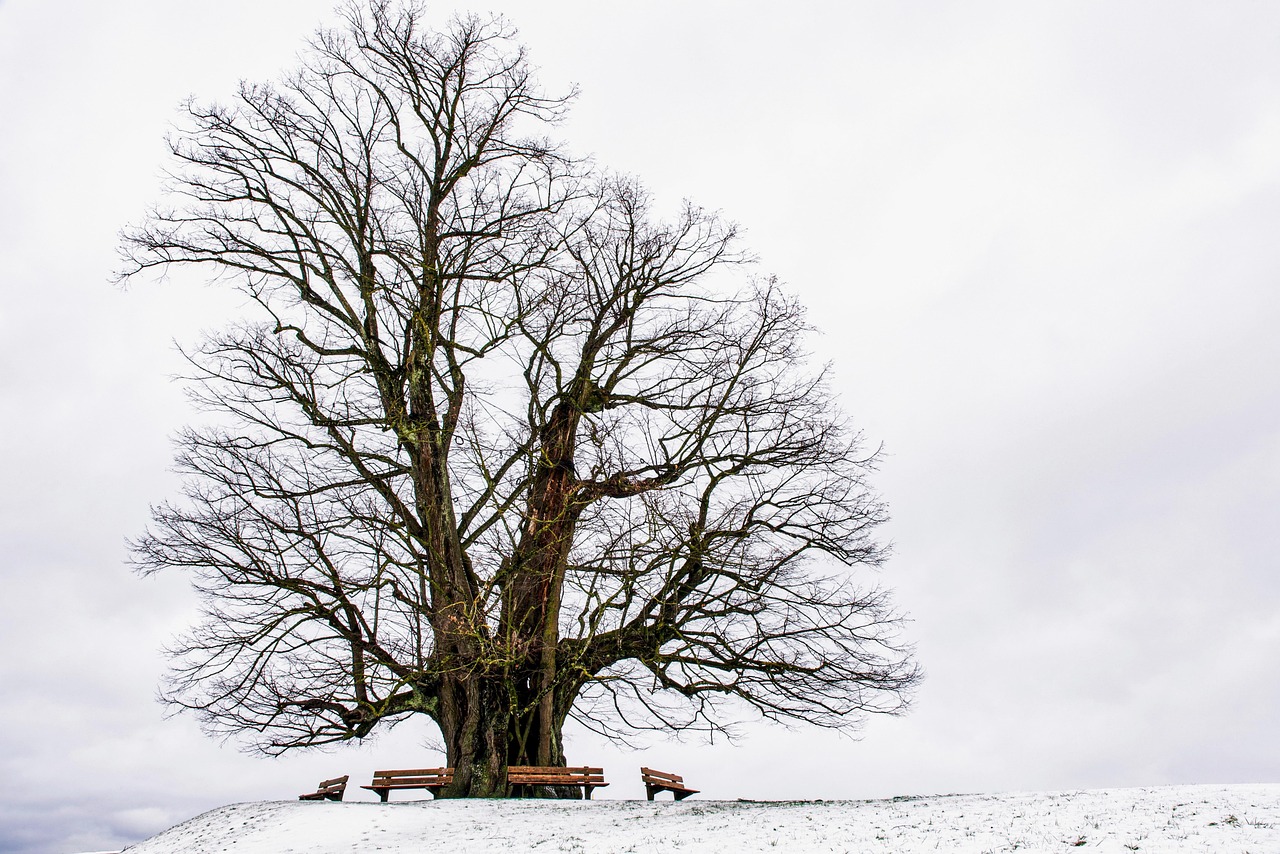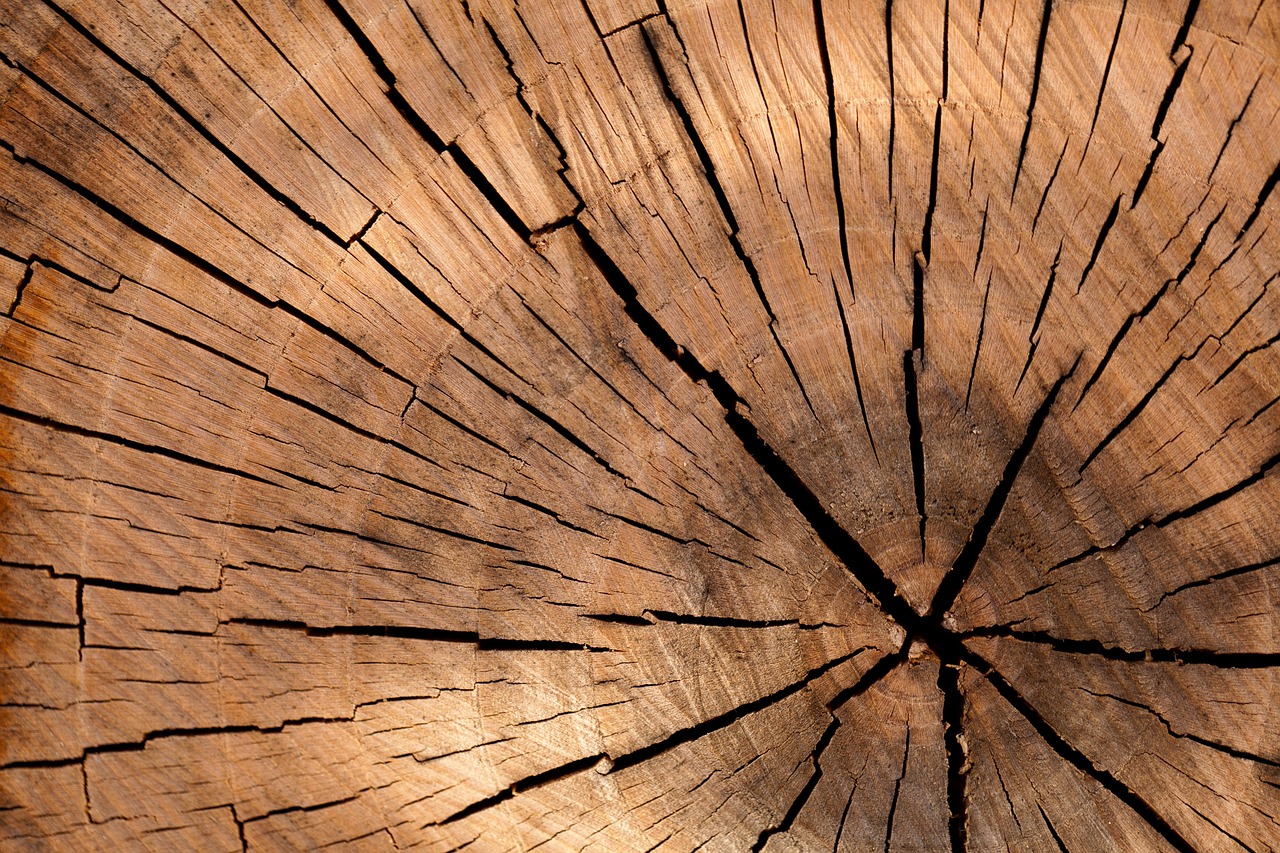The Anacua tree (Ehretia anacua) grows at a moderate rate, typically reaching heights of 15 to 30 feet in arid regions. With proper care, it can provide substantial shade within 5 to 10 years, making it an excellent choice for drought-prone areas.
The Anacua tree, also known as the Sandpaper tree, is native to the southern United States and northern Mexico. It thrives in arid environments, making it ideal for regions with limited water availability. This tree is characterized by its broad canopy and dense foliage, which provide excellent shade. Its growth rate is influenced by various factors such as soil quality, water availability, and sunlight exposure.

Anacua trees are well-adapted to dry conditions. They require minimal irrigation once established and can tolerate heat. Their resilience makes them a popular choice for landscaping in arid climates. In addition to providing shade, Anacua trees also offer other benefits, including attracting wildlife and improving air quality.
Growth Characteristics of the Anacua Tree
The growth rate of an Anacua tree can vary based on its environment. On average, these trees grow about 1 to 2 feet per year under optimal conditions. Here are some key factors that influence their growth:
- Soil Type: Well-drained sandy or loamy soils are ideal for Anacua trees.
- Water Availability: Although drought-tolerant, regular watering during the first few years promotes faster growth.
- Sunlight: Full sun exposure significantly enhances the growth rate.
- Temperature: Anacua trees thrive in warm temperatures and can survive in high heat.
The Anacua tree’s ability to provide shade is particularly valuable in arid regions. During the hot summer months, the tree’s dense canopy can lower ground temperatures significantly. This natural cooling effect can help reduce energy costs for nearby structures by minimizing the need for air conditioning.

When planting Anacua trees for shade, consider their mature size. A single tree can provide ample shade for a small patio or garden area. Planting several trees in proximity can create a more extensive shaded area, enhancing comfort during hot days.
Optimal Conditions for Growth
To achieve the best growth rates and maximize shade potential, it is essential to plant Anacua trees under optimal conditions. Below are some recommendations:
| Factor | Optimal Condition |
|---|---|
| Soil pH | 6.0 to 7.5 |
| Watering Frequency | Weekly during establishment |
| Sunlight | Full sun (6-8 hours daily) |
| Spacing | 15-20 feet apart for multiple trees |
In addition to proper planting conditions, regular maintenance contributes to the Anacua tree’s growth success. Pruning may be necessary to remove any dead or diseased branches. This practice not only encourages healthy growth but also helps shape the tree to enhance its canopy spread.

Overall, understanding the growth rate and requirements of the Anacua tree is crucial for successful cultivation in arid regions. With its moderate growth rate and ability to thrive in harsh conditions, it stands out as a prime candidate for providing shade and aesthetic appeal in drought-prone landscapes.
Environmental Benefits of the Anacua Tree
The Anacua tree offers numerous environmental benefits that extend beyond providing shade. Its growth and presence in arid regions can significantly enhance local ecosystems. Here are some key advantages of planting Anacua trees:
- Carbon Sequestration: Anacua trees absorb carbon dioxide from the atmosphere, helping to mitigate climate change.
- Soil Erosion Control: The tree’s extensive root system stabilizes the soil, preventing erosion during heavy rains.
- Habitat for Wildlife: Anacua trees attract various birds, insects, and other wildlife, fostering biodiversity.
- Improved Air Quality: By filtering pollutants from the air, these trees contribute to cleaner surroundings.
These environmental benefits make the Anacua tree a valuable addition to landscapes in arid regions. The tree not only beautifies the area but also plays a crucial role in maintaining ecological balance.
Planting and Establishment Techniques
Successfully establishing an Anacua tree requires careful planning and execution. Here are some effective techniques to ensure healthy growth from the start:

Site Selection
Choosing the right location is critical for Anacua trees. Look for areas that receive full sun and have well-drained soil. Avoid low-lying spots that may collect water, as this can lead to root rot.
Soil Preparation
Before planting, prepare the soil by testing its pH and nutrient levels. Amend the soil as necessary to create optimal conditions for growth. Incorporating organic matter can improve soil structure and fertility.
Planting Procedure
- Dig a Hole: Create a hole that is twice as wide and as deep as the root ball of the tree.
- Position the Tree: Place the tree in the center of the hole, ensuring that it is straight and at the correct depth.
- Backfill: Fill the hole with soil, gently packing it around the roots to eliminate air pockets.
- Water Thoroughly: After planting, water the tree deeply to help settle the soil and promote root establishment.
Following these steps will provide a strong foundation for your Anacua tree, allowing it to thrive in its new environment.
Irrigation Practices
While Anacua trees are drought-tolerant, proper irrigation is essential during their establishment phase. Here are some guidelines for effective watering:
- Frequency: Water the tree weekly during its first growing season. Adjust frequency based on rainfall amounts.
- Deep Watering: Water deeply to encourage deep root growth. Shallow watering can lead to weak roots.
- Avoid Overwatering: Ensure that the soil drains well, as waterlogged conditions can harm the tree’s roots.
Once established, Anacua trees require minimal watering. Observing the tree’s condition will help determine if additional water is needed during dry spells.
Pest and Disease Management
Anacua trees are relatively resistant to pests and diseases, but it’s still important to monitor their health. Common issues include:
- Aphids: These small insects may cluster on new growth and can be controlled with insecticidal soap.
- Scale Insects: Scale can weaken the tree by sucking sap. Horticultural oil can help manage these pests.
- Diseases: Fungal infections may occur in overly wet conditions. Ensuring good air circulation around the tree helps prevent these issues.
Regular inspections of your Anacua tree will enable early detection of any problems, allowing for timely intervention and treatment. Taking proactive measures will help maintain a healthy, thriving tree.
Additional Uses of Anacua Trees
Beyond shade and environmental benefits, Anacua trees have several additional uses that can enhance their value in landscaping:
- Ornamental Value: The attractive bark and foliage make Anacua trees a popular choice for landscaping in residential and commercial settings.
- Cultural Significance: In some regions, Anacua trees hold cultural significance and can be used in traditional landscaping designs.
- Biodiversity Enhancer: By planting Anacua trees alongside other native species, gardeners can create habitats that support a wider range of wildlife.
The versatility of Anacua trees makes them a beneficial addition to various landscapes, providing practical uses while enhancing aesthetic appeal.
Selecting the Right Location for Anacua Trees
Choosing the right location for planting Anacua trees is crucial for their growth and overall health. The ideal site should offer the necessary conditions for the tree to thrive while enhancing the landscape. Here are some important factors to consider when selecting a planting site:
Sun Exposure
Anacua trees thrive in full sun conditions, which means they require at least 6 to 8 hours of direct sunlight per day. Areas that receive ample sunlight will promote faster growth and a denser canopy, which is essential for shade provision.
Soil Drainage
Well-drained soil is vital for the health of Anacua trees. Poor drainage can lead to root rot and other issues. Evaluate the soil type in your chosen location:
- Sandy Soils: These are typically well-draining and ideal for Anacua trees.
- Clay Soils: If present, improve drainage by mixing in organic matter.
- Loamy Soils: This type of soil is also favorable, combining good drainage with nutrient retention.
Spacing Considerations
When planting multiple Anacua trees, proper spacing is essential. Allowing sufficient space between trees promotes healthy growth and prevents competition for resources. The recommended spacing is:
- 15 to 20 feet apart for individual trees to ensure they have enough room to develop their full canopy.
Seasonal Care for Anacua Trees
Caring for Anacua trees throughout the changing seasons helps ensure their longevity and health. Below are seasonal care tips to follow:
Spring Care
As temperatures rise, focus on the following:
- Fertilizing: Apply a slow-release fertilizer to encourage healthy growth.
- Mulching: Add mulch around the base of the tree to retain moisture and suppress weeds.
Summer Care
During the hot summer months, monitor your tree closely:
- Irrigation: Ensure regular watering, especially during prolonged dry spells.
- Pruning: Trim any dead or damaged branches to maintain tree health.
Fall Care
As temperatures cool, prepare your tree for winter:
- Soil Testing: Check soil pH and nutrient levels to amend as needed.
- Protection: Consider wrapping young trunks with protective materials if extreme cold is expected.
Winter Care
While Anacua trees are hardy, winter care is still important:
- Watering: Water during dry spells if temperatures remain above freezing.
- Pest Inspection: Regularly check for pests that may take advantage of the dormant season.
Companion Planting with Anacua Trees
Companion planting can enhance the overall health and biodiversity of your garden. When planting Anacua trees, consider pairing them with other compatible plants:
- Nitrogen-Fixing Plants: Species such as clover can improve soil fertility.
- Drought-Tolerant Perennials: Plants like lavender and succulents can thrive alongside Anacua trees without competing for moisture.
- Ground Covers: Low-growing plants can help reduce soil erosion and retain moisture.
By selecting companion plants that share similar water and sunlight requirements, gardeners can create a harmonious ecosystem that benefits all species involved.
The Role of Anacua Trees in Urban Planning
Anacua trees can play a significant role in urban planning, particularly in areas prone to heat and drought. Their ability to provide shade and improve air quality contributes positively to urban environments. Here are several ways Anacua trees can be integrated into urban landscapes:
- Parks and Recreation Areas: Planting Anacua trees in parks provides shade for visitors, enhancing outdoor experiences.
- Street Trees: Incorporating Anacua trees along streets can cool urban heat islands and improve air quality.
- Sustainable Landscaping: Using Anacua trees in xeriscaping designs promotes water conservation while enhancing visual appeal.
Their adaptability to urban settings makes Anacua trees a valuable asset in creating sustainable and aesthetically pleasing environments.
Community Engagement and Education
Another important aspect of integrating Anacua trees into urban environments is community engagement and education. Raising awareness about the benefits of planting and maintaining Anacua trees can foster a sense of stewardship among residents. Here are some strategies to encourage community involvement:
- Workshops and Seminars: Organize events to educate the community about the ecological benefits of Anacua trees and proper planting techniques.
- Tree Planting Days: Host community tree planting events where residents can participate in planting Anacua trees in public spaces.
- School Programs: Collaborate with local schools to create educational programs that teach children about the importance of trees in their environment.
By engaging the community, cities can cultivate a culture of sustainability and environmental responsibility. This collaborative approach can lead to more widespread planting and care for Anacua trees, enhancing both urban landscapes and community well-being.
The Economic Benefits of Anacua Trees
In addition to their environmental and social advantages, Anacua trees can also provide economic benefits. Here are several ways they contribute to local economies:
- Increased Property Values: Properties with well-maintained trees often have higher market values, as trees enhance curb appeal.
- Energy Savings: The shade provided by Anacua trees can reduce cooling costs for homes and businesses, leading to lower energy bills.
- Tourism and Recreation: Parks and green spaces featuring Anacua trees can attract tourists, boosting local businesses and generating revenue.
These economic benefits highlight the importance of incorporating Anacua trees into urban planning and landscaping efforts. Their contributions can lead to more vibrant, sustainable communities.
Challenges and Considerations
While Anacua trees offer numerous benefits, there are also challenges and considerations to keep in mind when incorporating them into landscapes:
- Maintenance Requirements: Regular care is necessary to ensure healthy growth. This includes pruning, watering, and monitoring for pests or diseases.
- Space Limitations: In densely populated urban areas, finding adequate space for mature Anacua trees can be challenging.
- Climate Adaptation: As climate conditions change, it’s important to evaluate how well Anacua trees will adapt to shifting weather patterns.
Addressing these challenges through careful planning and management can help maximize the benefits of Anacua trees while minimizing potential issues.
Final Thoughts
The Anacua tree serves as a remarkable example of how a single species can provide extensive benefits in arid regions. Its moderate growth rate, resilience to drought, and ability to produce significant shade make it an ideal choice for enhancing both residential and urban landscapes. Beyond its aesthetic appeal, the Anacua tree contributes positively to the environment by improving air quality, supporting wildlife habitats, and preventing soil erosion.
As communities recognize the importance of trees in combating urban heat and promoting sustainability, the inclusion of Anacua trees in landscaping plans becomes increasingly valuable. With proper care, these trees can thrive while providing economic benefits, such as increased property values and reduced energy costs.
Through community engagement, education, and strategic planning, we can create greener, healthier spaces that reflect our commitment to environmental stewardship. The future of urban landscapes can be transformed by embracing the potential of the Anacua tree, ensuring that it remains a vital part of our ecological legacy.
The journey towards sustainable living is ongoing, but with trees like the Anacua at the forefront, we take significant steps toward a more balanced relationship with our environment.
